Content strategy can be defined as managing all tangible media that you create and therefore own, including written, visual, downloadable, etc. assets. This segment of a marketing plan is continuously demonstrating who you are and what expertise you are bringing into the industry.
There is no niche where content marketing wouldn’t work. It all comes down to how well you plan it.
Although it is generally known that content creation is important for the growth of your business, content marketing is useless without a well-considered purpose. While developing a content strategy, there are some crucial things to keep in mind:
1. Target Audience
Before starting to create content, you need to know who your target audience is, and for how many audiences the content is being created. It is highly likely that your business has more than one type of an ideal customer profile, and your content strategy should therefore also cater for more than one type of a viewer or a reader.
There are a few different tactics to define your target audiences:
- Look at your past content performance, including the demographics of your visitors. Google Analytics has a details demographics report included but you need to enable it for the tool to start collecting the data
- Invest in social media ads choosing different types of audiences for each campaign. This sample of data will let you compare your content performance depending on your audience settings
- Survey your current customers (or if you are just starting out, set up a survey and collect entries elsewhere: Here’s a nice guide on how to do that using Google Forms)

By implementing several content channels and types, you’ll manage to broaden your scope and cater to more types of audiences.
2. Problems That Need to Be Solved
Ideally, products and services solves problems your customers have. Similarly, content should coach and educate the audience through their problems as they start identifying and addressing it.
Question research is by far the most effective — and the easiest — way to identify problems that need to be solved. Tools like Text Optimizer provide a wealth of insight into what your target audience is struggling with (and hence how to help them):
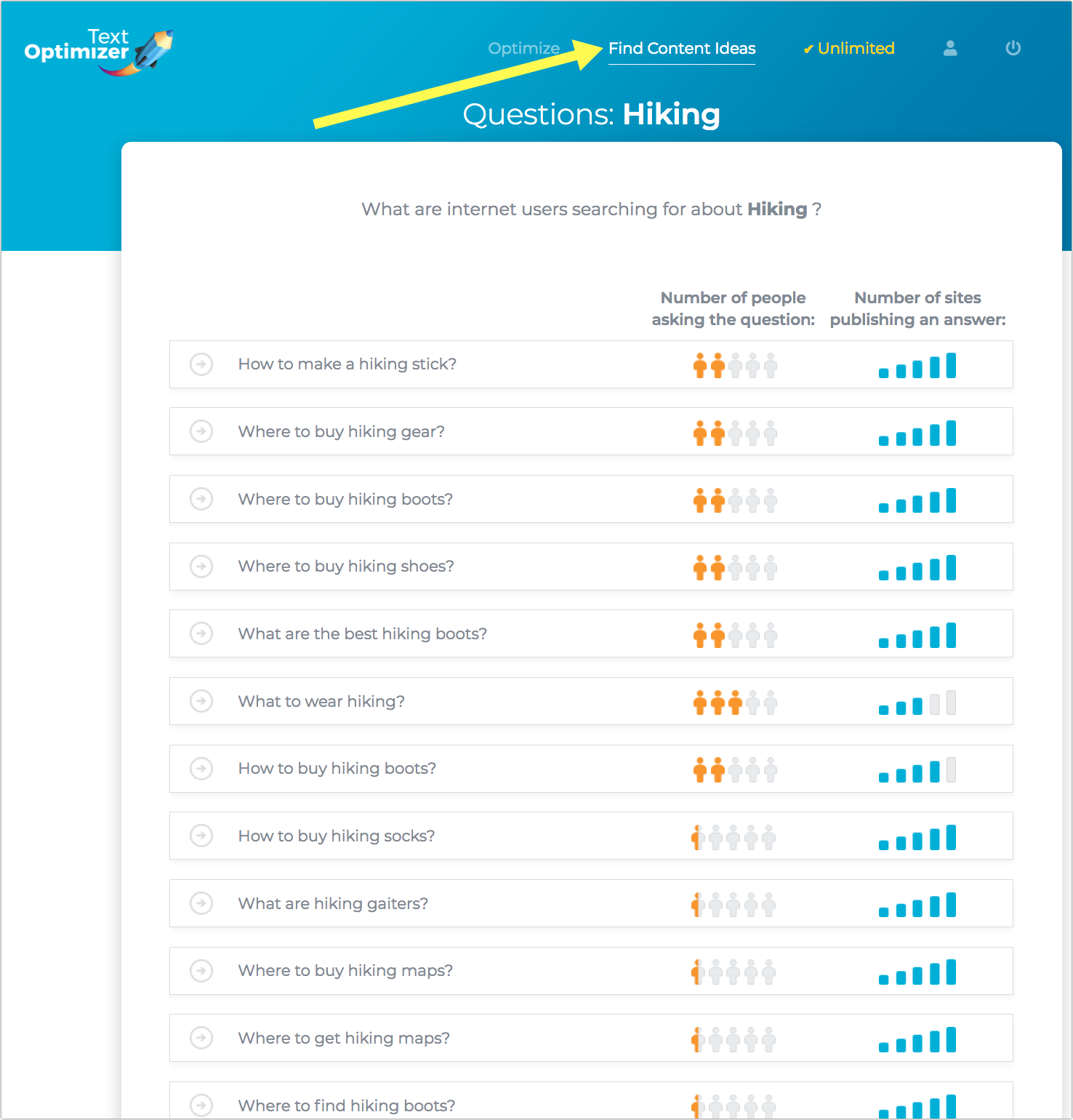
Since Google’s search snippets represent the best possible summary of any topic (Google has learned to find best resources and generate the most helpful summaries to create search snippets), Text Optimizer helps you identify the most essential questions on any topic.
Another solid idea is to research questions around your more established competitor. Knowing what their customers are struggling with will help you create a more customer-centric content strategy.
A solid content strategy supports people interacting with your product on two different levels:
- those who are still trying to determine what their main challenges are,
- those that already use the products to overcome their challenges.
Your content should reinforce the solution(s) that are being offered to prospective customers, while at the same time make your existing customers more qualified to use your products.
Your Uniqueness
You are likely to have any number of competitors that market content on the same or similar topics. How will you stand out?
Creating content that stands out is becoming even more difficult these days when there’s more content than there’s a demand for it, in most industries. Your target customer is being spoiled with fleshy headlines, image-heavy lists and viral news on a daily basis. They are scrolling right past them when browsing their social media feeds on a daily basis.
What will your content bring to the table that doesn’t already exist?
This is a very tough question but there are a few ways to approach it:
- Tell your unique story. Everyone has it and so do you. Your business founder has a unique story of how they started it. Your product has a unique story of how it was invented or launched. Starting with a unique story and building your content strategy around it is a good way to stand out.
- Start with your product uniqueness. There’s got to be something unique about your offer, so building your content strategy around it makes perfect sense. Content plays a very strong role in this aspect of marketing as you’ll be able to prove why you’re worth buying from, by proving you’re worth listening to.
- Add your unique expertise. Back when I was blogging for non-SEO blogs like Lifehacker and MakeUseOf, all my content was around using smart search hacks (using Google is basically my profession, so I had a lot to tell to a non-SEO Google user), and that content always stood out because no one else was doing that. For any expertise and any niche, there’s that intersection where your unique angle resides. You just need to find one (and probably hire more unique experts to help you out).
- Utilize marketing workflow software to define processes and optimize your team’s performance & increase your campaign’s success.
To tell your unique story in the best possible way, engage your whole team in content creation and marketing process. Encourage your team to share ideas and participate in crafting social media updates promoting that story.
ContentCal is a great way to use for content marketing collaboration. You can add your whole team while designating managers who will act as moderators. Your team members will be adding social media updates to go live on your business channel and the moderators will be spreading them across the calendar.
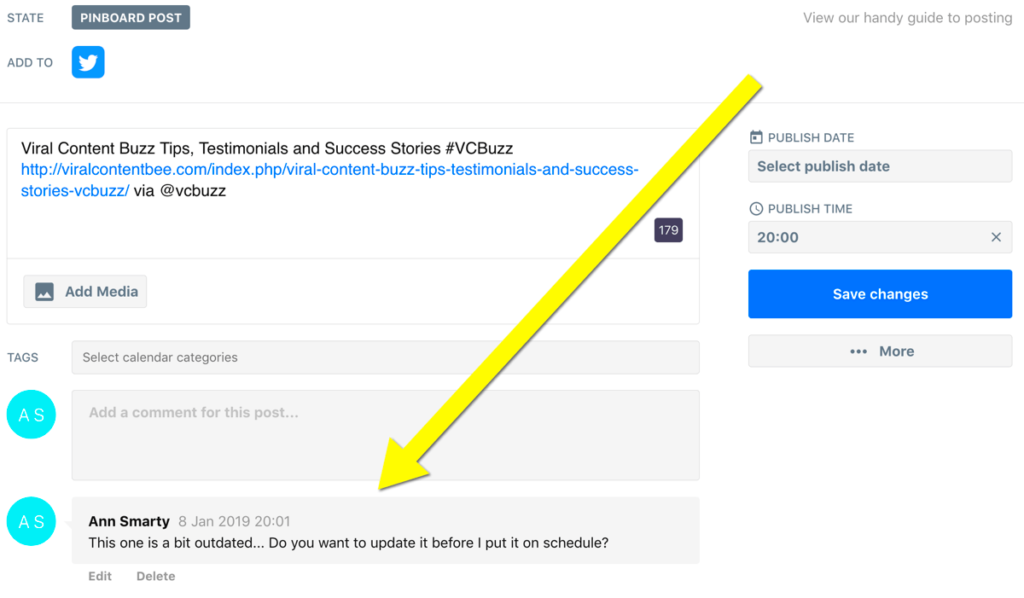
4. Content Formats
There are many different types of formats used for content, including blog posts, videos and infographics. Once you have identified the topics you want to focus on, you need to select suitable formats that can best express your viewpoint so that you can budget for these.
Coming up with different content formats will help you to emphasize your uniqueness. When I was starting blogging, my big unique selling point was comparing marketing tools using charts. This was so new and so needed to the community that my content immediately got noticed.
You may want to experiment with multiple content types before you come up with your unique one readers will recognize you by. To help you out, here are a few tools and resources:
Videos:
Wave is a great platform to easily put together short catchy videos. Here’s also a nice collection of free video footage you can use to create your videos.
ClickMeeting is a great platform for hosting and recording webinars as well as influencer interviews, product demos, book launch parties, whiteboard videos, you name it!
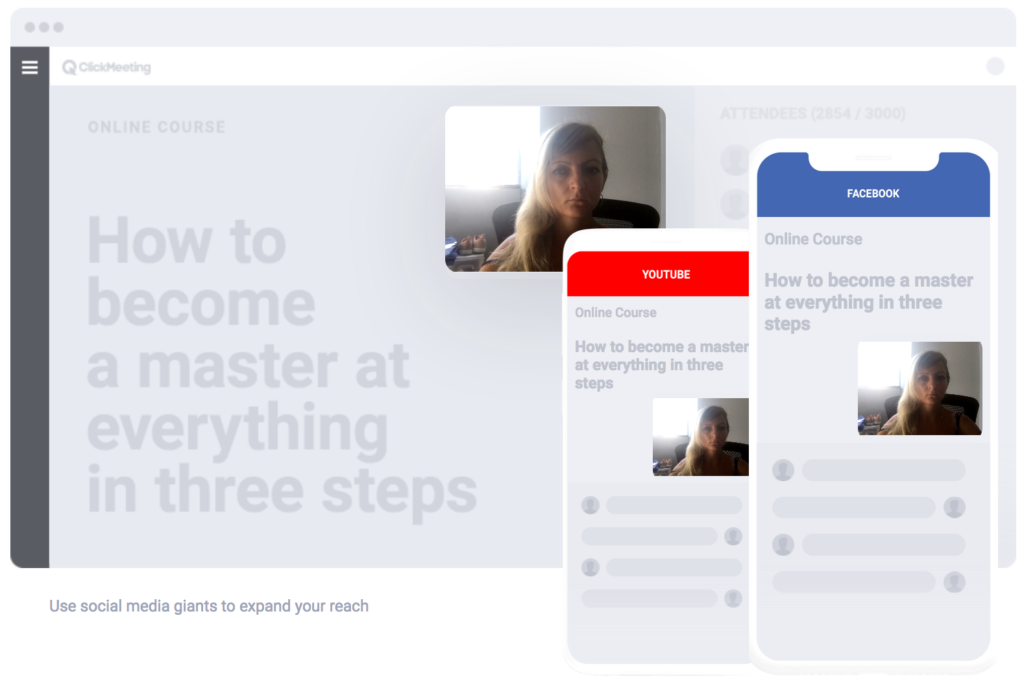
ClickMeeting is highly interactive and supports Youtube and Facebook live streaming. You can engage your audience in multiple ways live and then re-use the recorded video across multiple channels to enhance your video marketing strategy.
Infographics:
Visme.co is a comprehensive infographics maker that includes graph and chart maker
Smart Photo Stock offers free photos for your blog. On the other hand, Picsart has an AI photo creator to help you produce more content.
Presentations:
Venngage has hundreds of professional pitch deck and presentation templates.
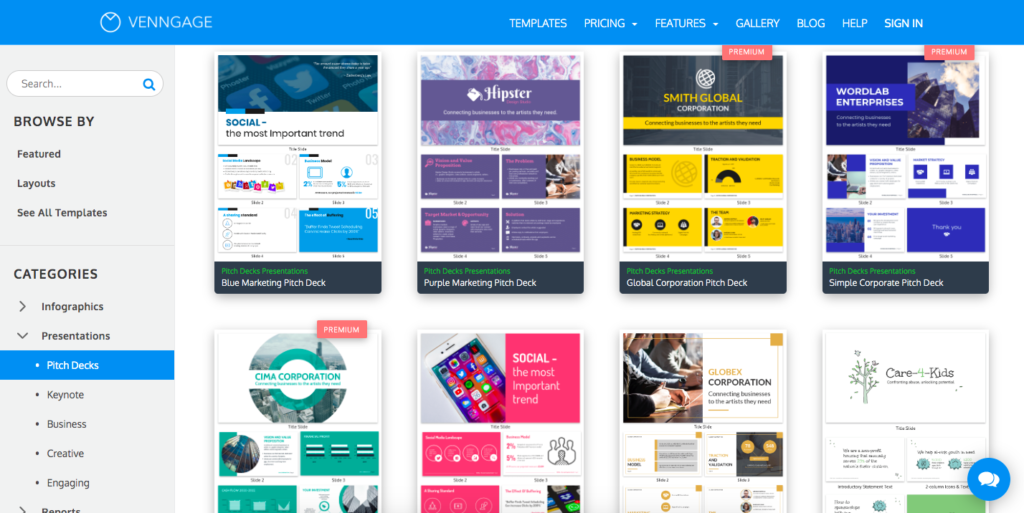
Placeit allows to create unique videos, slideshows, and even logos to efficiently brand your assets:

Vistaprint offers great design tools for your offline marketing. Here’s a cool Vistaprint coupon for you to make the most of the tool!
There are many more content re-packaging tools but these are a good start.
Different formats of content can be published to different channels. There are two main types of channels that can be used – owned properties, which includes your website and blog, and social media properties, which include Facebook, Twitter, Instagram, YouTube and more. Obviously, the more channels you cover, the better as your target customer is likely to expect to find you on their favorite social media network.
5. Marketing Automation
Content marketing involves a lot of sharing, reaching out and interacting. If you can automate content promotion at least to some extent, you’ll be able to focus more on relationship building!
An effective content strategy is smartly automated! Here are a few ideas
5.1. Use Paper.li to Automate Social Media Posting and Tagging
Paper.li is the advanced content curation platform allowing you to automatically promote your own content on social media, including Twitter and Facebook groups.
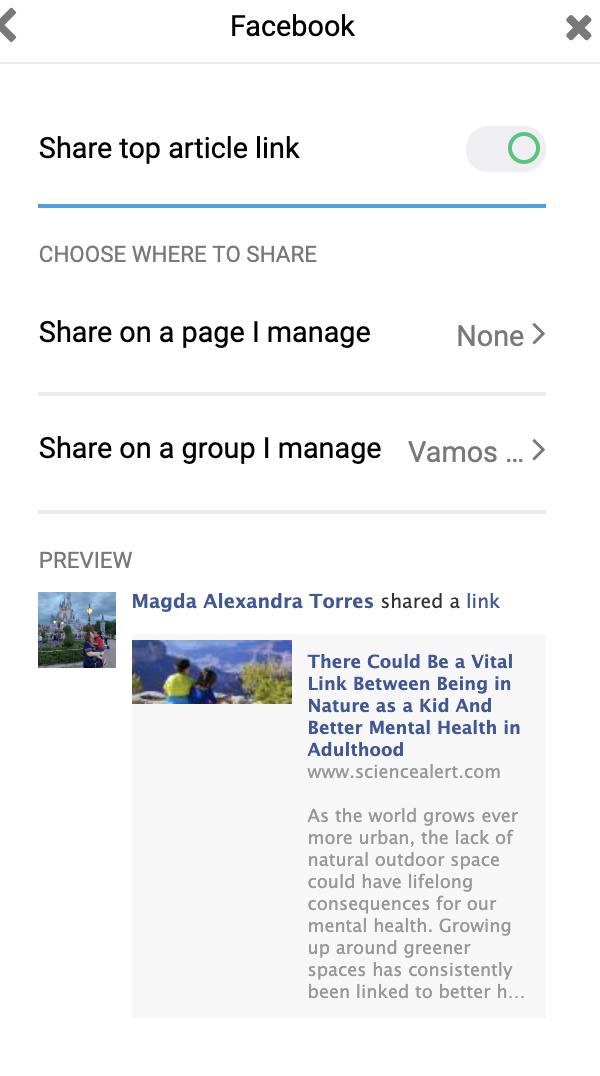
5.2. Use Finteza to Automate On-Site Advertising & Re-Targeting
Finteza is an independent analytics suite that, among other features, allows you to set up your own advertising program (which can be used to promote your own content) and use re-targeting to re-engage your return readers:
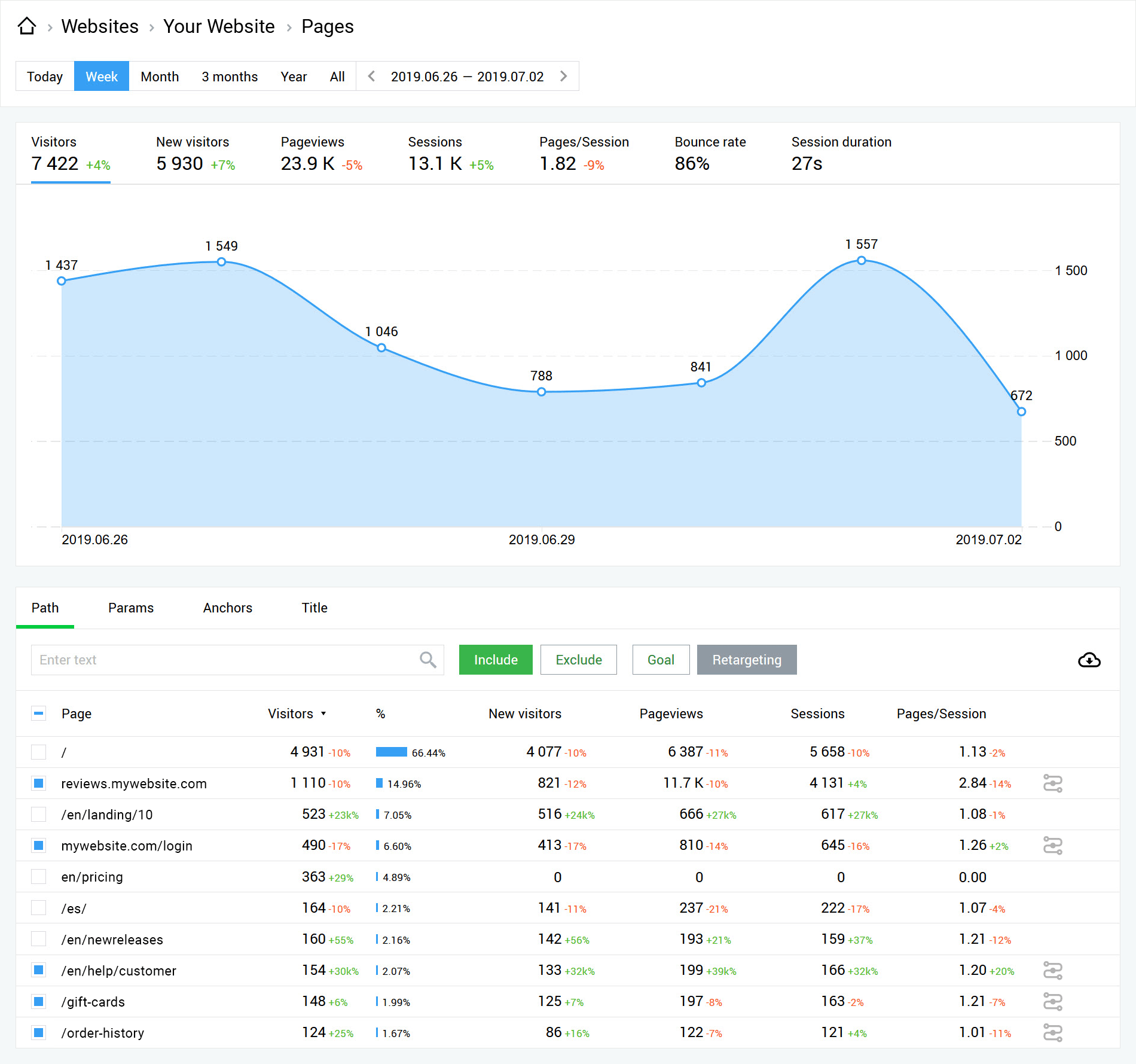
5.3. Viral Content Bee RSS Submission Feature
Viral Content Bee allows you to put your content forward in front of active social media users to promote your content on Twitter, Linkedin, Tumblr, Mix, Pinterest, and Flipboard. Its RSS feature allows you to automatically submit your content for other people to share it:

It’s also a smart idea to use email marketing automation to promote your content.
Planning content strategy takes time, but when you start publishing your content – that’s when the real fun starts. I hope these tools and resources will help you get from planning to implementing!

